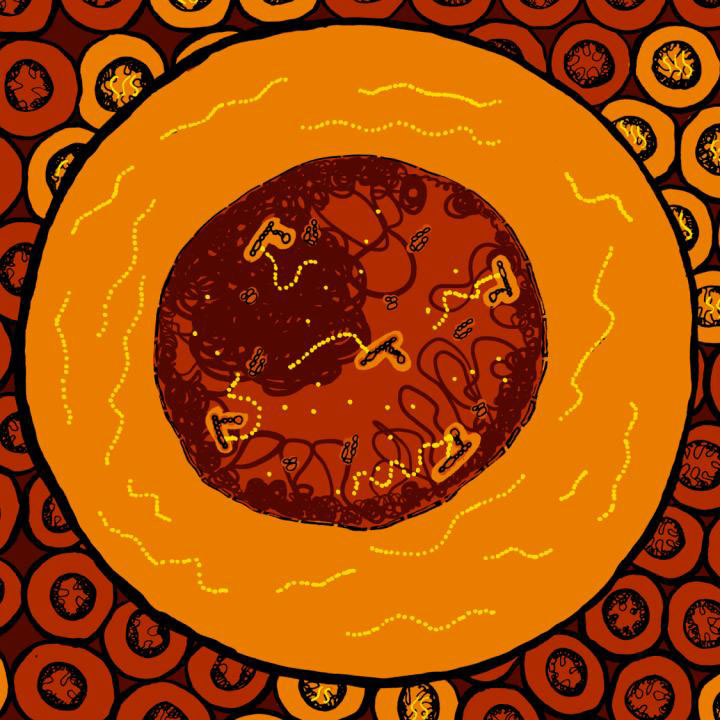
Illustration for nuclear F-actin working to reshape the nucleus and organize the genome. Claudia Stocker VividBiology.
University of Bristol research has revealed how cells rebuild their nucleus and organize their genome when they divide – a discovery which could have major implications for understanding cancer and degeneration.
When cells divide, they need to rebuild their nucleus and organize their genome. New collaborative research from the University of Bristol demonstrates how cells achieve this through the unexpected deployment of filamentous actin (F-actin) to the nucleus.
The research, published online in Nature Cell Biology, provides the first evidence that actin polymerization in the nucleus helps in reshaping the nucleus and reorganizing the genome after cell division (mitosis).

Cell imaging methods developed and applied in this investigation. Fluorescence lifetime imaging microscopy (FLIM), Electron microscopy (EM), Atomic Force Microscopy (AFM). Credit: University of Bristol
In mammals, including humans, the cell nucleus packages and protects the genome. When human cells divide, the nucleus is dissembled to allow segregation of the chromosomes. Once chromosome segregation is complete, new cells need to re-build their nucleus and organize their genome. This process, although essential for life, was poorly understood.
Alice Sherrard co-first author of this study and a Ph.D. student with Dr. Abderrahmane Kaidi, developed and implemented complementary and interdisciplinary methods to visualize nuclear structure and genome organization after cell division. In so doing, Alice revealed that disruption of the formation of F-actin results in cells failing to expand their nuclear volume as well as their inability to de-compact their genome. Because of these defects, cells become inefficient in retrieving genetic information encoded in their DNA; thus, they divide slower.
Principal investigator Dr. Abderrahmane Kaidi, a specialist in cancer biology at the University of Bristol’s School of Cellular and Molecular Medicine, says this discovery advances our fundamental knowledge of genome regulation in space and time and could have major implications in understanding cancer and degeneration.
“This research highlights the importance of the spatiotemporal control of genome organization for normal cell function, and we continue to define the principles that regulate these processes and their impact on cancer and degeneration,” said Dr. Kaidi.
Reference: “A transient pool of nuclear F-actin at mitotic exit controls chromatin organization” by Christian Baarlink, Matthias Plessner, Alice Sherrard, Kohtaro Morita, Shinji Misu, David Virant, Eva-Maria Kleinschnitz, Robert Harniman, Dominic Alibhai, Stefan Baumeister, Kei Miyamoto, Ulrike Endesfelder, Abderrahmane Kaidi and Robert Grosse, 13 November 2017, Nature Cell Biology.
DOI: 10.1038/ncb3641

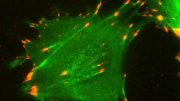
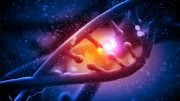

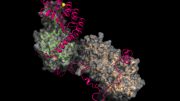



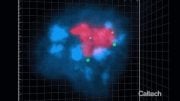
Be the first to comment on "Biologists Reveal How Cells Rebuild After Mitosis"